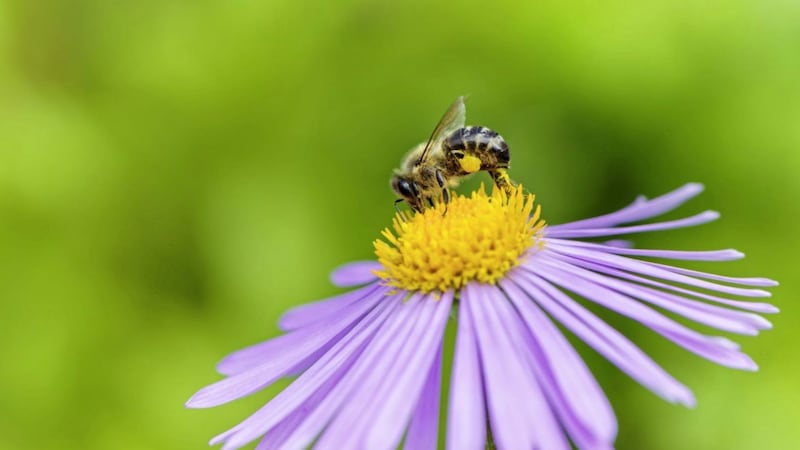ASTERS appear incongruous in the autumn garden. They flower profusely, in a manner that is surely more suited to summer, yet when all other herbaceous perennials are fading and dying, the star-like blooms of the aster shine brightly, taking on an incandescent quality in the twilight.
The aster’s name derives from the Greek for star, in reference to its flower shape, which is best described as daisy-like. The plant’s common name is Michaelmas daisy, because its prime flowering time is around the feast of St Michael the Archangel on September 29.
Part of the wider Asteraceae family, which includes dahlias, helenium, rudbeckia and many others, the aster genus was once one of the larger botanical families but these days its numbers are more modest. This isn’t down to some species-specific plant disease that wiped out many varieties but because many of those deemed to be asters in fact belonged to different genera.
The big shake-up, which saw a significant proportion of the 250-odd kinds of aster reclassified as new genera like Eurybia, Xanthisma and Doellingeria, came in 2015.
The problem dated back to the 18th century when Swedish botanist Carl Linnaeus developed the Latin-based nomenclature system for naming living organisms in the natural world. It appears he and his peers were a bit too enthusiastic in applying the name 'aster'. When scientists started looking at the DNA of so-called asters in the 1990s, it became apparent that many of those deemed related shared nothing more than some characteristics.
The biggest upheaval for aster fans was to see the New York and New England asters, those regarded by gardeners as the archetypal Michaelmas daisy, reclassified as Symphyotrichum novibelgii and Symphyotrichum novae-angliae, respectively. My own personal favourite aster, ‘Little Carlow’, also migrated to the Symphyotrichum genus.
What was formerly Aster tripolium, more commonly known as the sea aster and our only native, became Tripolium pannonicum, the only species in its genus. I come across it on the shore (and have even seen it on menus), where it thrives close to the high tide mark, oblivious to any name change.
Those species that remained as asters included the popular Aster amellus and the hybrid Aster x frikartii, as well as other less well known species. Notably though, many were spring and summer flowering and unlikely to be in bloom around Michaelmas.
The good news for gardeners but bad for pedantic botanists, is that many garden centres and nurseries are continuing to use the traditional classification, even though they know it’s technically wrong.
This means a well informed assistant will still be able to explain how the New England asters flower first, from late summer into autumn, and are taller. Recommended varieties include the vivid purple ‘Helen Picton’, the mildly garish ‘Harrington’s Pink’ and purple-red flowers of 'Septemberrubin' (AKA ‘September Ruby’).
The later flowering New York varieties are shorter, and range in colour from white through pink to deep purple. Their drawback is a susceptibility to mildew. Best varieties include the violet ‘Veilchenkönigin’ (‘Violet Queen’), Aster ericoides 'Golden Spray' and the aforementioned 'Little Carlow’.
Plant both these types of hardy perennial in a sunny or part-shady spot in fertile, well-drained soil.








